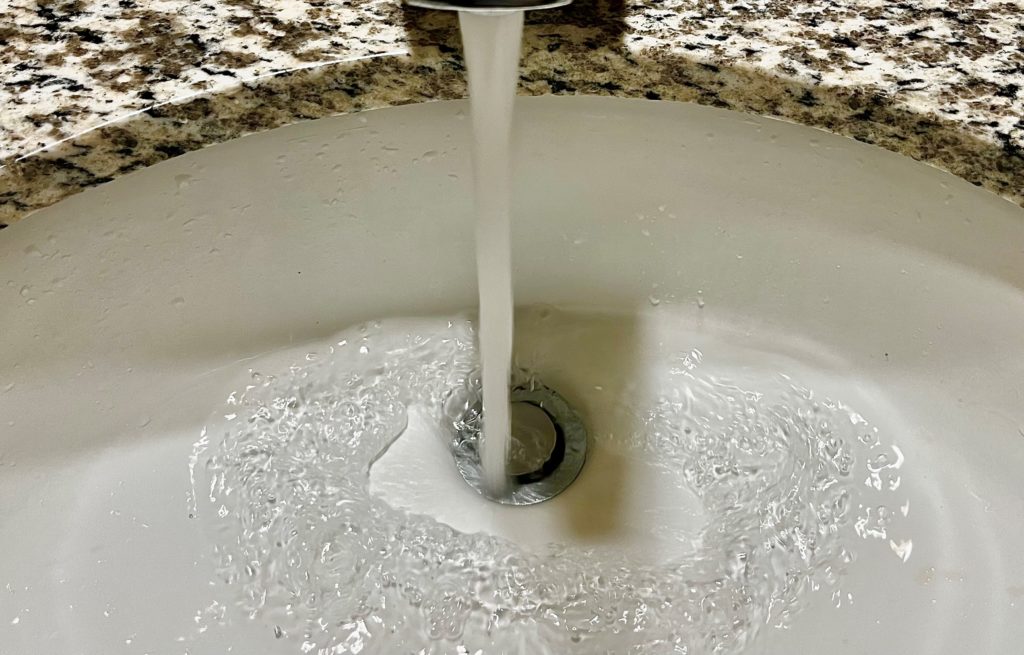The city of Camas has detected levels of harmful “forever chemicals” in the city’s drinking water system.
In a notice sent to Camas drinking water customers earlier this month, the city said elevated levels of chemicals known as PFAS (per- and polyfluoroalkyl substances) had been found in a city well (Well 13) located south of East First Avenue near Louis Bloch Park in downtown Camas.
The city’s other wells are not close to exceeding recommended PFAS levels, the city’s communications director added.
Known as “forever chemicals” because they do not break down naturally and can build up in the bodies of humans and animals, including many freshwater fish found in lakes and rivers. According to the Agency for Toxic Substances and Disease Registry, high levels of PFAS have been linked to liver and kidney disease, a decreased vaccine response in children, fetal complications, an increased risk of high blood pressure and pre-eclampsia in pregnant people, high cholesterol and an increased risk of kidney and testicular cancer.
PFAS testing on Well 13 was conducted in April 2022 and again in December 2022, and showed readings of 25 parts per trillion (PPT) and 17 PPT — above the state’s action level of 15 PPT — for perfluorooctanesulfonic acid (PFOS), a colorless chemical once used to make products resistant to stains, grease, soil and water and one of five “forever chemicals” the state is monitoring.




